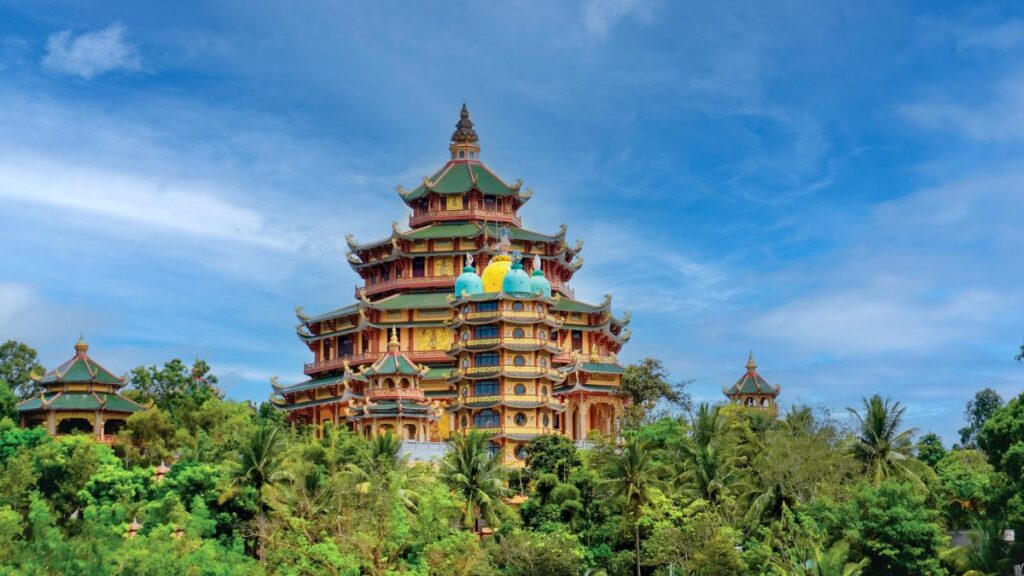When traveling through Vietnam, you’ll likely be captivated by its vibrant street life, lush rice fields, flavorful cuisine, and friendly locals. But beyond its natural beauty and urban buzz, Vietnam holds a treasure trove of spiritual sanctuaries that reflect its deep-rooted Buddhist traditions—Vietnamese pagodas.
From centuries-old mountain temples to golden riverside sanctuaries, Vietnamese pagodas are not only places of worship, but also cultural landmarks, architectural wonders, and windows into the country’s soul. Whether you’re a spiritual seeker, a cultural enthusiast, or a curious traveler, exploring pagodas in Vietnam offers a unique and profound experience.
In this guide, we’ll take you through the best Vietnamese pagodas across the country, explain their significance, and provide tips to make your visit meaningful and respectful.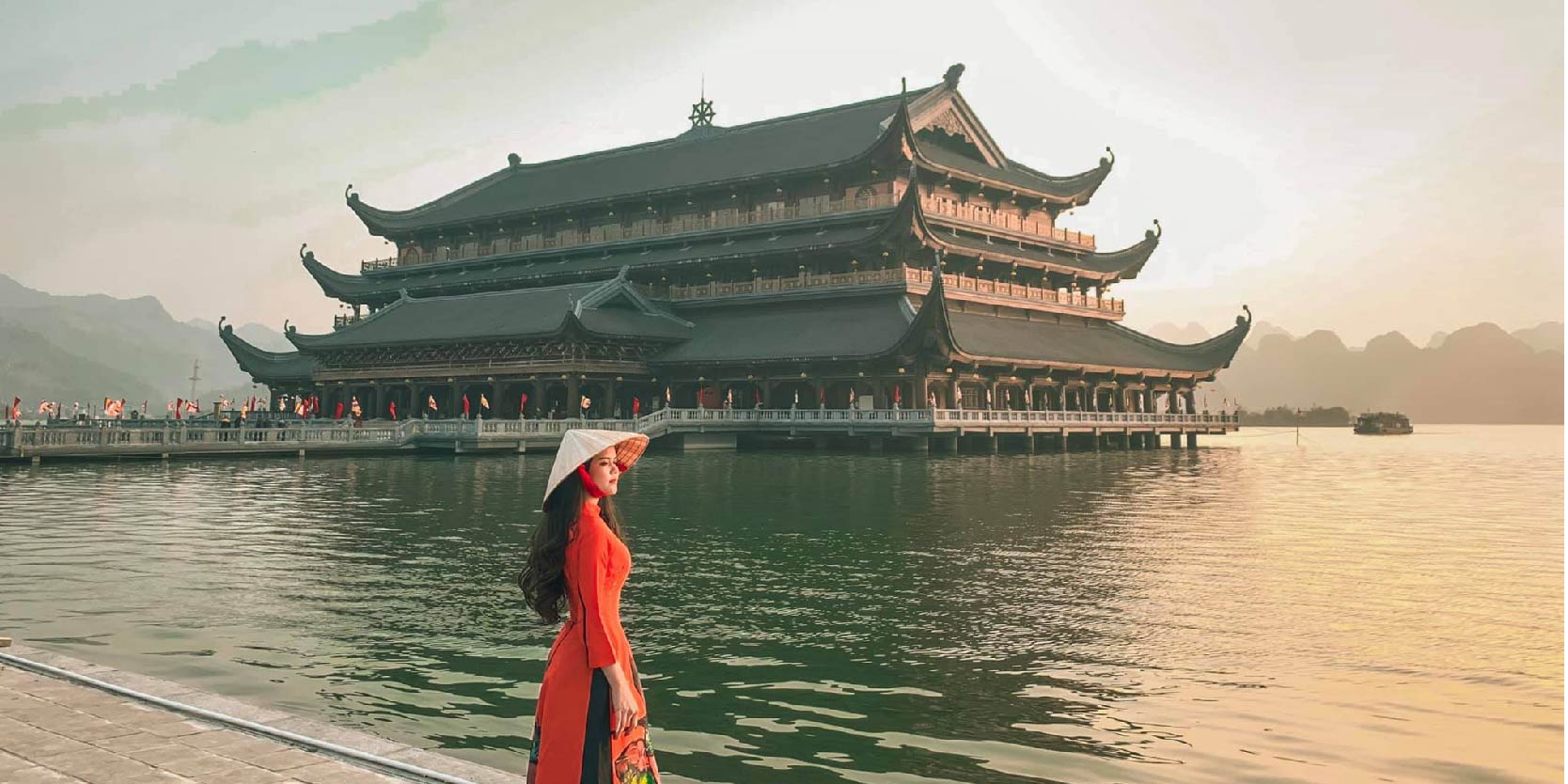
What Makes Vietnamese Pagodas Unique?
Vietnamese pagodas are often misunderstood as simply religious buildings. In reality, they are much more: spaces where art, history, spirituality, and community life converge.
Here’s what makes Vietnamese pagodas exceptional:
- Architectural diversity: A fusion of Chinese, Indian, Khmer, and local Vietnamese styles.
- Historical significance: Many pagodas date back hundreds or even over a thousand years.
- Spiritual relevance: Rooted in Mahayana Buddhism and often tied to local legends and folklore.
- Scenic settings: Often nestled in mountains, near rivers, or amid tropical gardens.
Unlike many Western religious buildings, pagodas in Vietnam are not just enclosed spaces—they are part of larger complexes with courtyards, gardens, statues, and open altars, creating a flowing harmony with nature.
Top 10 Vietnamese Pagodas You Must Visit
Let’s take a spiritual journey through the country, from North to South, exploring ten of the most remarkable Vietnamese pagodas.
1. Bái Đính Pagoda (Ninh Bình)
- Location: Northern Vietnam, near Trang An landscape complex (UNESCO site)
- Highlights: Largest pagoda complex in Southeast Asia
- Best time to visit: Spring (January–March)
Bái Đính is a colossal pagoda complex, spread over 500 hectares. It houses Asia’s largest bronze Buddha statue and the longest corridor of Arhat statues. The architecture blends traditional Vietnamese temple design with modern construction.
You can explore both the ancient pagoda from the 11th century and the new complex, built in 2003. Pilgrims flock here during festivals, especially in spring, making it a vibrant yet spiritual destination.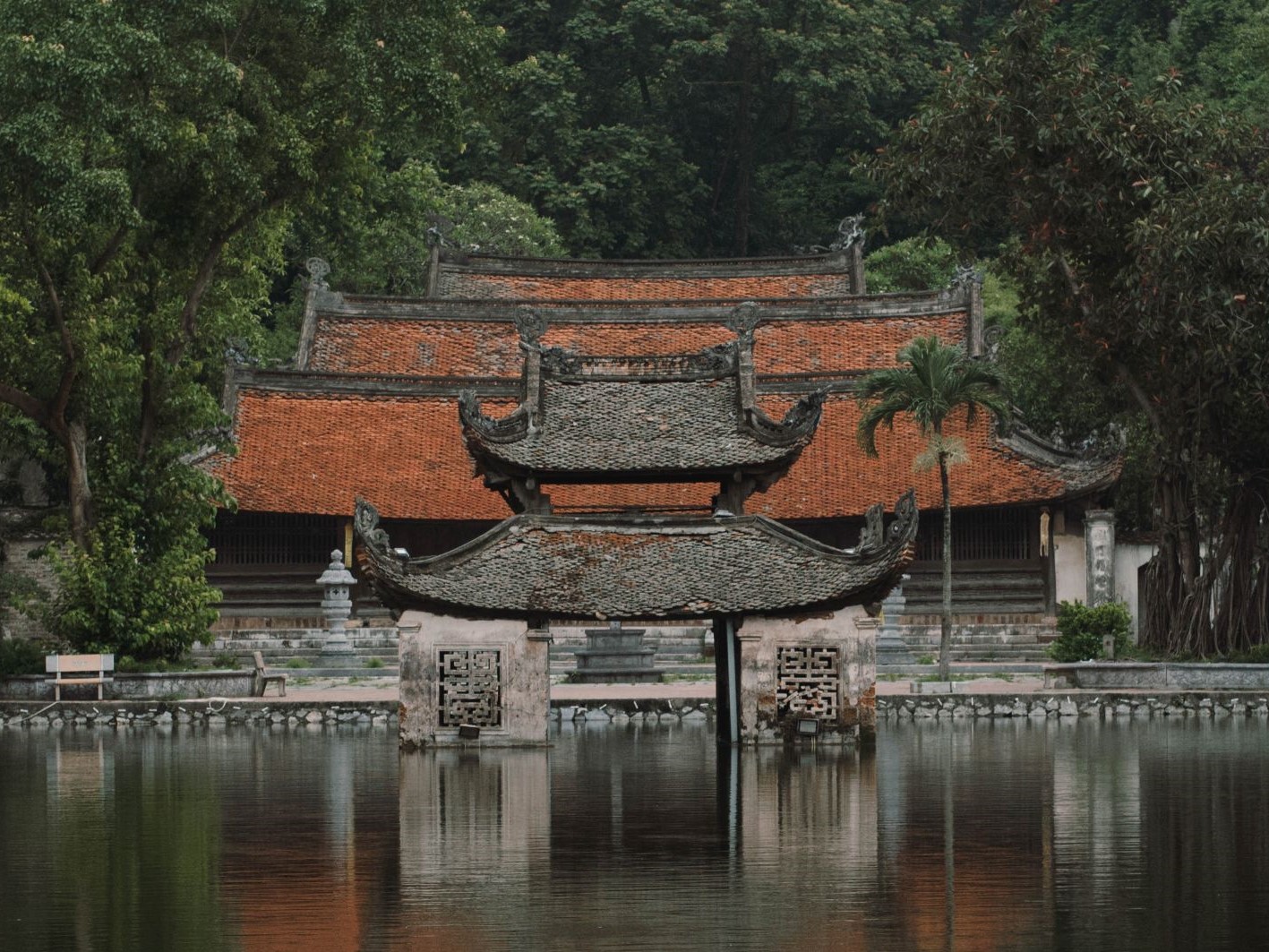
2. Yên Tử and Đồng Pagoda (Quảng Ninh)
- Location: Northeast Vietnam
- Highlights: Bronze pagoda at 1,068 meters above sea level
- Significance: Birthplace of Trúc Lâm Zen Buddhism
Yên Tử is often called the “sacred mountain” of Vietnam. At the summit stands Đồng Pagoda, made entirely of bronze. It’s a pilgrimage destination for Buddhists and a spiritual challenge for trekkers.
Along the way, you’ll pass ancient pagodas, lush pine forests, and breathtaking mountain vistas. For a less strenuous option, take the scenic cable car ride that glides above the treetops.
3. Tam Chúc Pagoda (Hà Nam)
- Location: Northern Vietnam, 70 km south of Hanoi
- Highlights: Largest Buddhist temple in the world by area
This newly built mega-temple complex is often compared to a natural version of “Ha Long Bay.” Surrounded by lakes and limestone karsts, Tam Chúc is visually stunning.
The key sites include:
- Three Inner Halls: Pháp Chủ, Tam Thế, and Ngọc Pagoda.
- Pillar Garden: Hundreds of stone pillars engraved with Buddhist scriptures.
- Sunset views: Especially mesmerizing over the lakes.
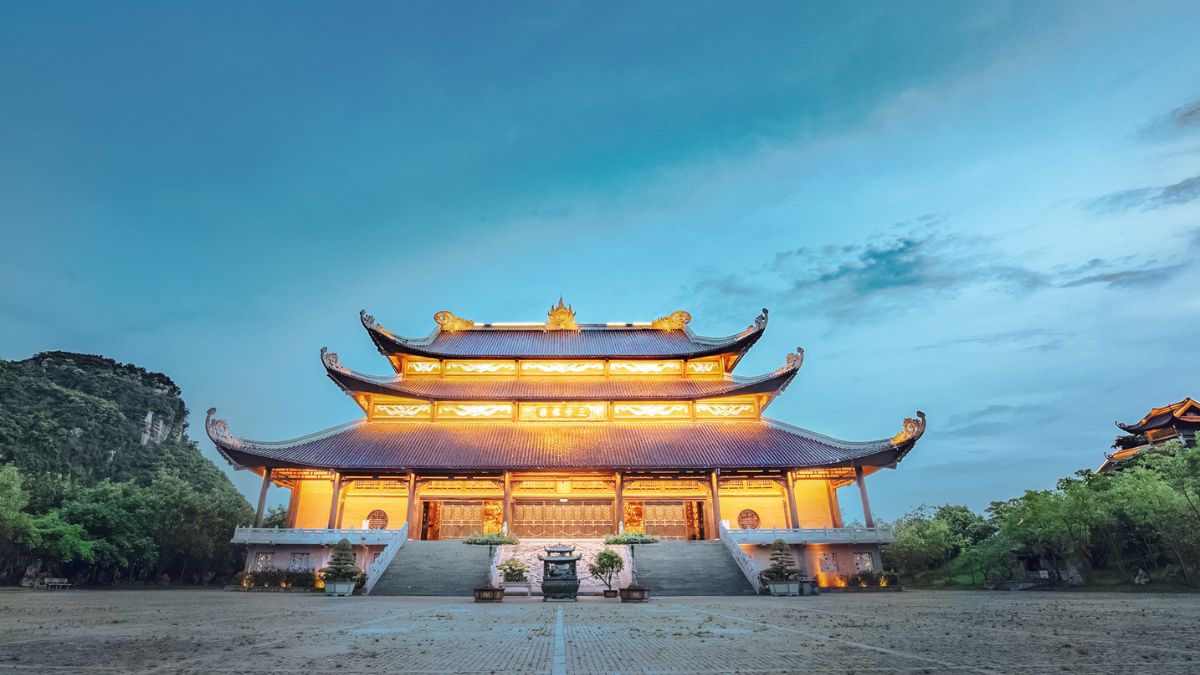
4. One Pillar Pagoda (Hanoi)
- Location: Central Hanoi, near Ho Chi Minh Mausoleum
- Built in: 1049 under the Lý Dynasty
- Significance: National symbol of Vietnam
This small but iconic pagoda is built on a single stone pillar, symbolizing a lotus blossom rising from a pond. It is said to have been built by Emperor Lý Thái Tông after a dream in which a bodhisattva handed him a baby boy on a lotus.
Despite its size, One Pillar Pagoda holds immense historical and spiritual value, and is a must-see in Hanoi.
5. Ba Vàng Pagoda (Quảng Ninh)
- Location: On Ba Vàng Mountain, near Yên Tử
- Highlights: Largest Buddhist lecture hall in Indochina
Ba Vàng features sweeping views, colorful architecture, and a serene environment surrounded by pine forests. It also hosts unique festivals, including the Chrysanthemum Festival in autumn.
The pagoda complex includes:
- A large main hall
- A spiritual garden
- A spring believed to offer blessings
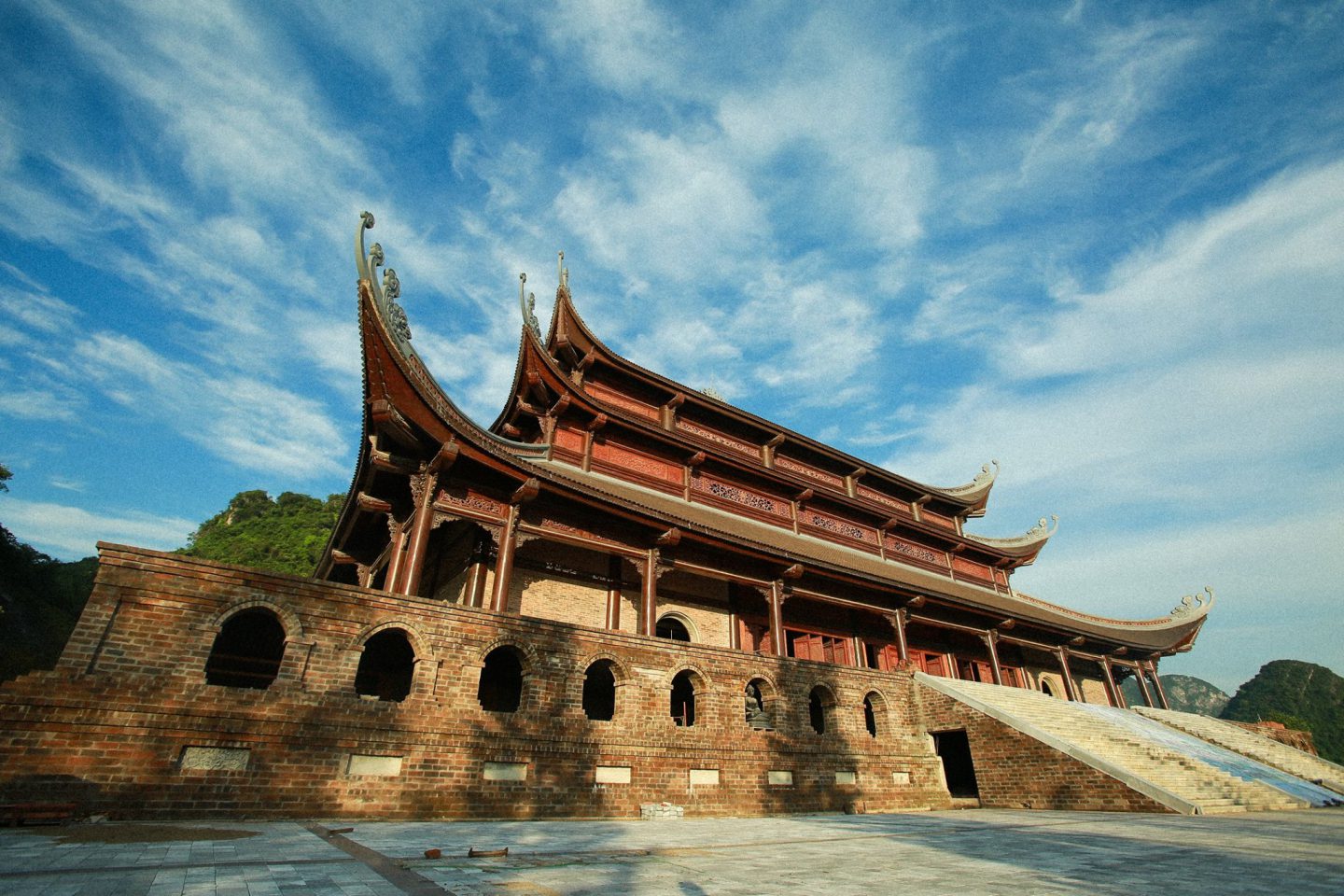
6. Thiên Mụ Pagoda (Huế)
- Location: On the banks of the Perfume River
- Built in: 1601
- Symbol of: Ancient capital of Huế
Thiên Mụ (Heavenly Lady Pagoda) is one of Vietnam’s most photographed temples. Its seven-story Phước Duyên Tower has become a symbol of Huế.
Visitors often arrive by dragon boat, drifting along the river. Sunset from Thiên Mụ offers a poetic view of the river and surrounding countryside.
7. Linh Ứng Pagoda (Đà Nẵng)
- Location: Sơn Trà Peninsula
- Highlights: 67-meter Lady Buddha statue
Overlooking the sea, Linh Ứng is both a spiritual and scenic attraction. The massive statue of Guanyin (Lady Buddha) is visible from across the city and protects Da Nang from storms.
Explore the peaceful courtyards, stone paths, and panoramic views of Da Nang’s coastline.
8. Trúc Lâm Zen Monastery (Dalat)
- Location: On Phoenix Mountain, overlooking Tuyền Lâm Lake
- Style: Zen Buddhist monastery
- Ideal for: Meditation and quiet reflection
One of the largest Zen monasteries in Vietnam, Trúc Lâm offers a quiet escape in the highlands. Surrounded by pine forests and flower gardens, it feels like a true retreat.
Visitors can enter meditation halls, stroll through bonsai gardens, or take a cable car ride from Robin Hill for stunning aerial views.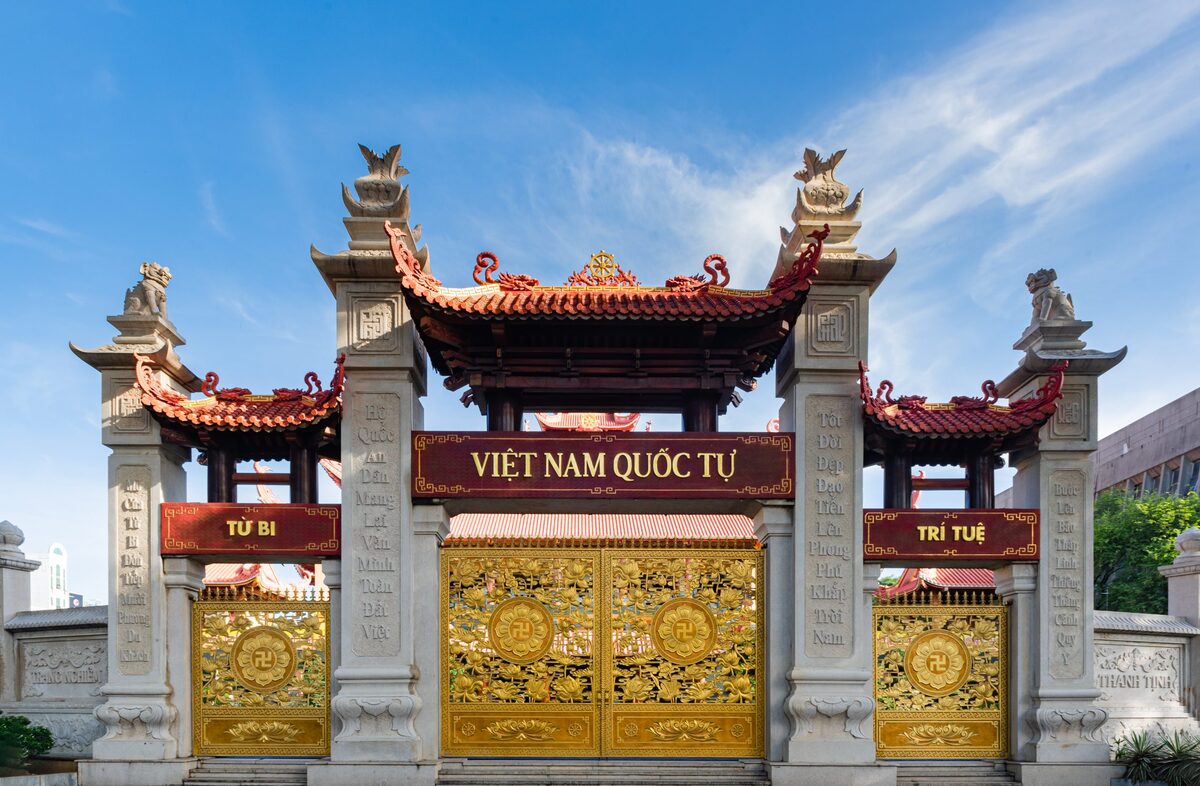
9. Bửu Long Pagoda (Ho Chi Minh City)
- Location: District 9, now part of Thủ Đức City
- Unique style: Thai-inspired architecture with golden spires
- Award: Named one of the top 10 most beautiful Buddhist temples in the world by National Geographic
This lesser-known gem of Saigon surprises visitors with its serene atmosphere and detailed craftsmanship. The white and gold exterior, lotus ponds, and peaceful grounds make it a favorite for both locals and tourists.
What’s more? No incense or smoking is allowed—enhancing the tranquility.
10. Xiêm Cán Pagoda (Bạc Liêu)
- Location: Southern Vietnam, near the Mekong Delta
- Style: Khmer Theravāda Buddhist temple
- Cultural significance: Represents the Khmer minority
Xiêm Cán Pagoda is vibrant and majestic, featuring colorful murals, naga serpents, and detailed columns. It offers insights into Khmer culture, including traditional ceremonies and unique Buddhist rituals practiced by Vietnam’s Khmer community.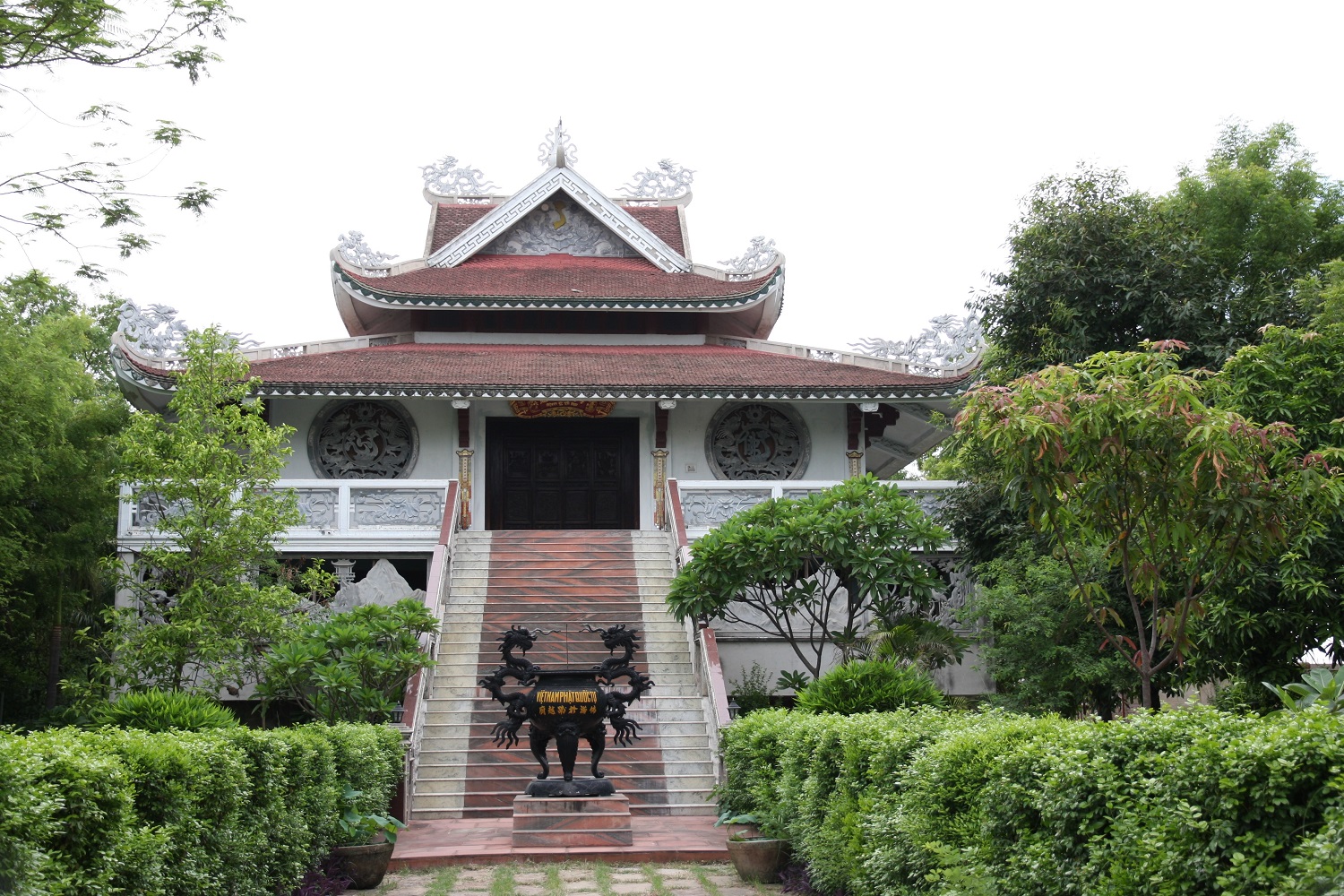
What to Expect When Visiting Vietnamese Pagodas
- Peaceful atmosphere: These places are quiet, relaxing, and ideal for reflection.
- No entry fees: Most pagodas are free to enter; some may request small donations.
- Shoes off: Always remove your shoes before entering inner halls or sacred areas.
- No loud voices: Keep noise levels low out of respect for worshippers and monks.
- Photography: Usually allowed in outdoor areas. Ask before photographing monks or ceremonies.
How to Respect Local Culture
If you’re new to Buddhist traditions or visiting Vietnam for the first time, here are a few important things to keep in mind:
- Dress modestly: Wear clothing that covers your shoulders and knees.
- Don’t touch statues: Especially Buddha statues.
- Don’t point your feet at altars or people.
- Use both hands when giving or receiving something from a monk or elder.
- Be aware of holy days: Full moon (Buddhist sabbath), Vesak, and other festivals are sacred.
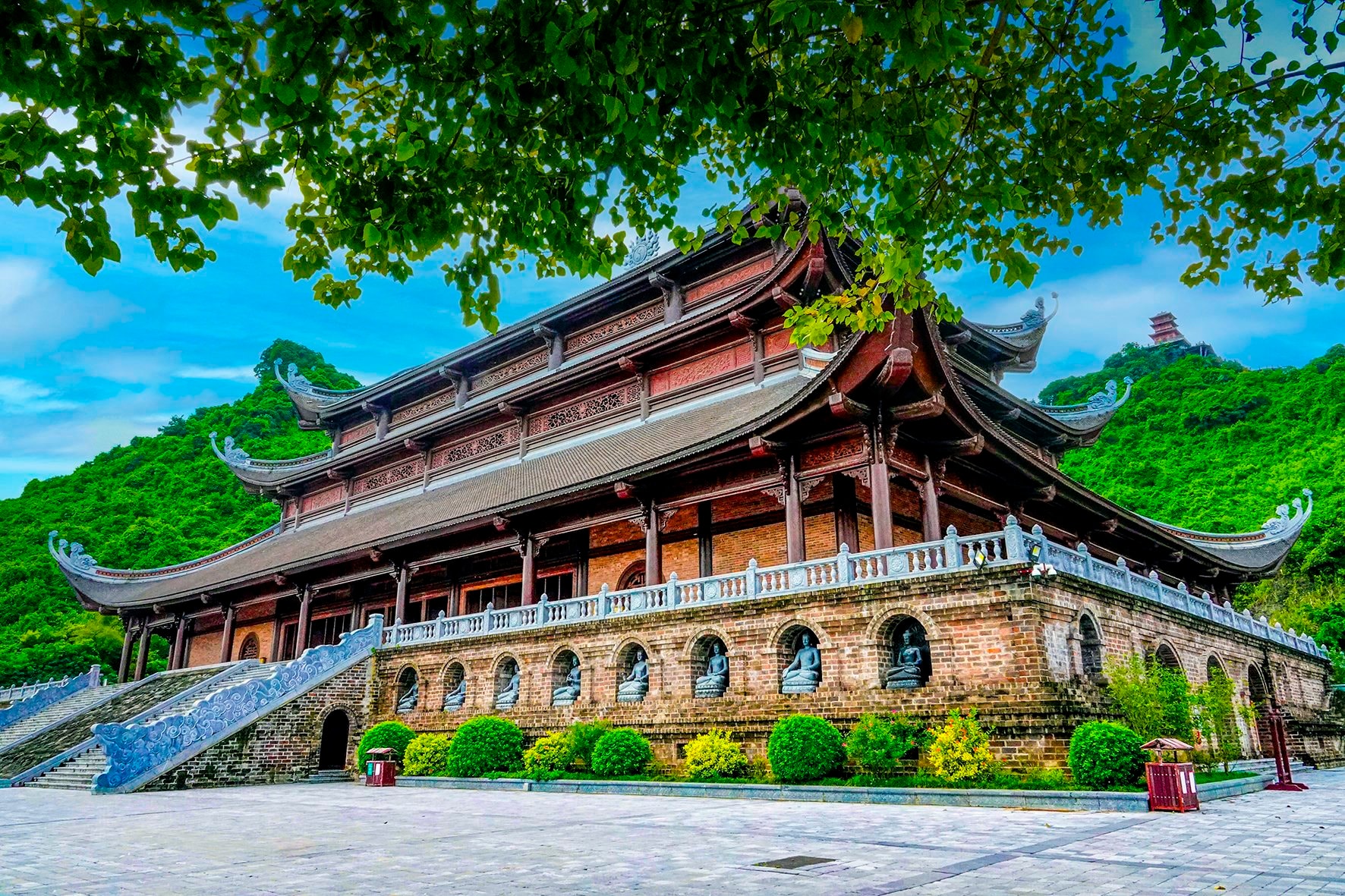
Final Thoughts: Why You Should Explore Vietnamese Pagodas
Vietnam’s pagodas offer more than Instagram-worthy photos or historical sightseeing—they provide a journey into a living spiritual tradition that has shaped the culture, values, and identity of the Vietnamese people.
Whether you’re climbing misty mountains to reach a bronze temple, taking a boat to a riverside shrine, or finding peace among lotus ponds and pine forests, Vietnamese pagodas promise a sense of wonder, humility, and serenity.
So, on your next trip to Vietnam, take time to explore these sacred spaces. They are not just monuments of the past—they are heartbeats of a timeless culture with Vietnam Culture.
See more post: Vietnamese hospitality: The heartbeat of Vietnam’s cultural soul

